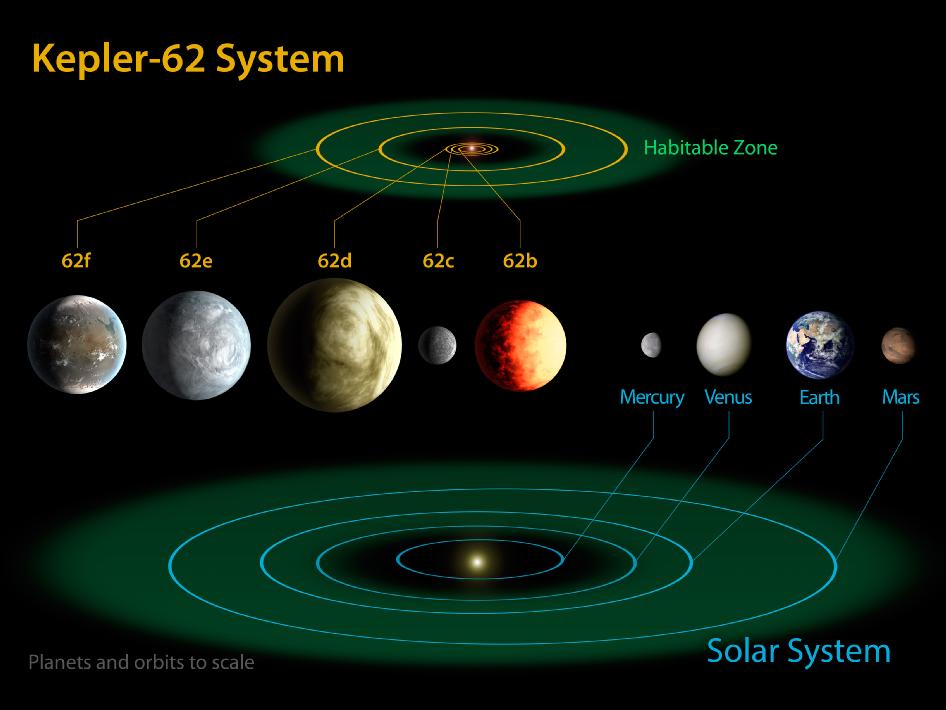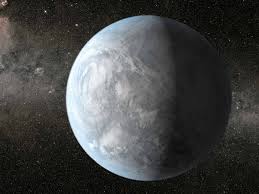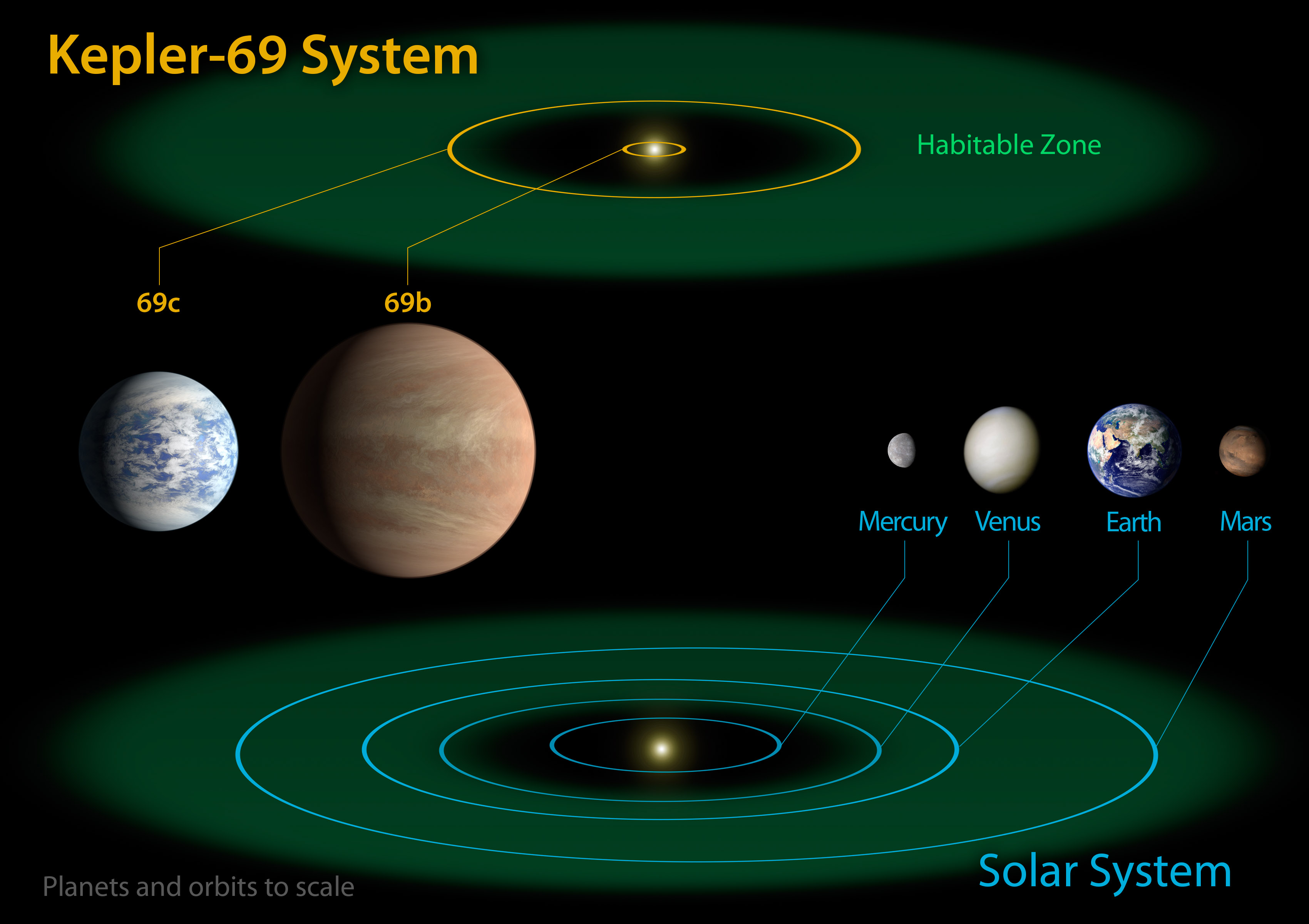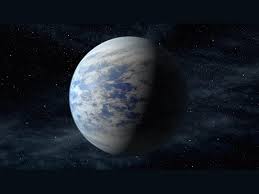

“This is an artist impression of the newly discovered planets named Kepler-62e and 62-f. Both are super-Earths that are located in the habitable zone of a distant sun-like star. The largest planet in the image, Kepler-62f, is farthest from its star and covered by ice, while the planet in the foreground, Kepler-62e, is nearer to its star and covered by dense clouds. Closer in is a Neptune-size ice giant with another small planet transiting its star. Both habitable-zone planets may be capable of supporting life as we know it.”
Image Credit: David A. Aguilar (CfA)
Today, NASA released the newest findings concerning exoplanet discoveries through the Kepler Space Observatory (the Grand Poobah of exoplanet detection).
The first of the findings revealed the discovery of a planetary system that is home to not one, but FIVE exoplanets. Two of which are similar in mass to Earth, classifying them as ‘super-Earth’ worlds. Even more spectacular is that three of the new-found worlds lie in the habitable zone of their parent star, where water could hypothetically exist on the surface without boiling away or freezing over!
Kepler-62 System:

In the first system, Kepler-62, the planets orbit a star that is a little older, dimmer and smaller than our sun, called a K2 dwarf, which is located more than 1,200 light-years from Earth (in the constellation of Lyra). The planet that lies on the inner edge of the habitable zone is Kepler-62e, which completes one orbit around its parent star every 122 days. The second habitable planet (and one of the smallest planets yet to be discovered), known as Kepler-62f, is only 1.4 times larger than Earth . It completes one orbit around the star in 267.3 days.

Out of the potentially habitable planets found thus far, these two planets may be the most promising candidates for extra terrestrial beings found to date, as both may be extremely similar to our humble abode in many ways; from mass, surface temperatures, composition and atmospherics conditions. Even better is that both are thought to be composed primarily of water. Assuming water is prevalent there like it is here, life might have had the time to spark and evolve — maybe to intelligence. After all, life on Earth probably started in the ocean before getting a foothold on dry land. The possibilities are endless.
The two habitable planets in the Kepler-62 system also have three companions, Kepler-62b, Kepler-62c, and Kepler-62d, that orbit much closer to their parent star than the other two, thus they are uninhabitable due to the temperatures. Regardless, all three are very similar in size to Earth, completing a full orbit every five, twelve and eighteen days respectively.
Kepler-69 system:


In the Kepler-69 system, there is another planet located in the habitable zone of the planetary system, which is known Kepler-69c. This planet is about 70% larger than Earth and completes a full orbit in 242 days, though astronomers have not quite deciphered the composition of this planet at this time. More data is needed, but Thomas Barclay from the BAER institute thinks that the planet is likely to resemble Venus more closely than Earth (the atmosphere will play a huge role in regulating temperatures, so it’s up in the air currently).
The other planet in the Kepler-69 system (that is not thought to habitable) is Kepler-69 b, which is about twice the size of Earth, with an orbital period of 13 days. Both planets orbit a sun-like G-type star that lies more than 2,700 light-years from Earth. It’s only 7% smaller than Sol and about 80% as luminous.
Kepler has revolutionized the practice of hunting for exoplanets; looking for tell-tell wobbles that indicate the presence of an unseen planet tugging on its star, or blips of light that occur when planets begin to pass in front of their parent star, relative to our vantage point. The latter we call a ‘transit‘ and it allows us to determine the chemical composition of a planet, along with other pertinent information about the distant world. While the former is the radial velocity method.